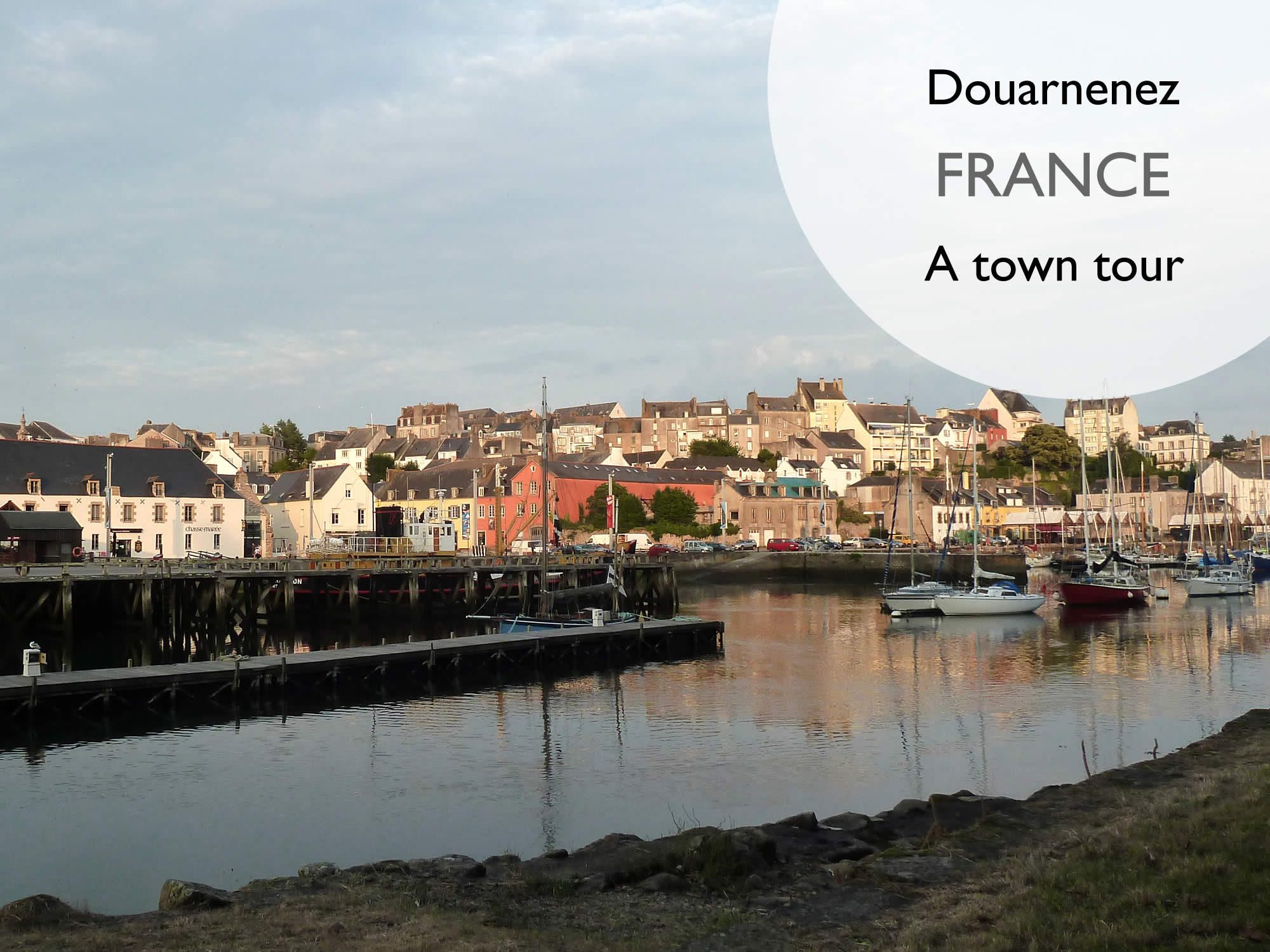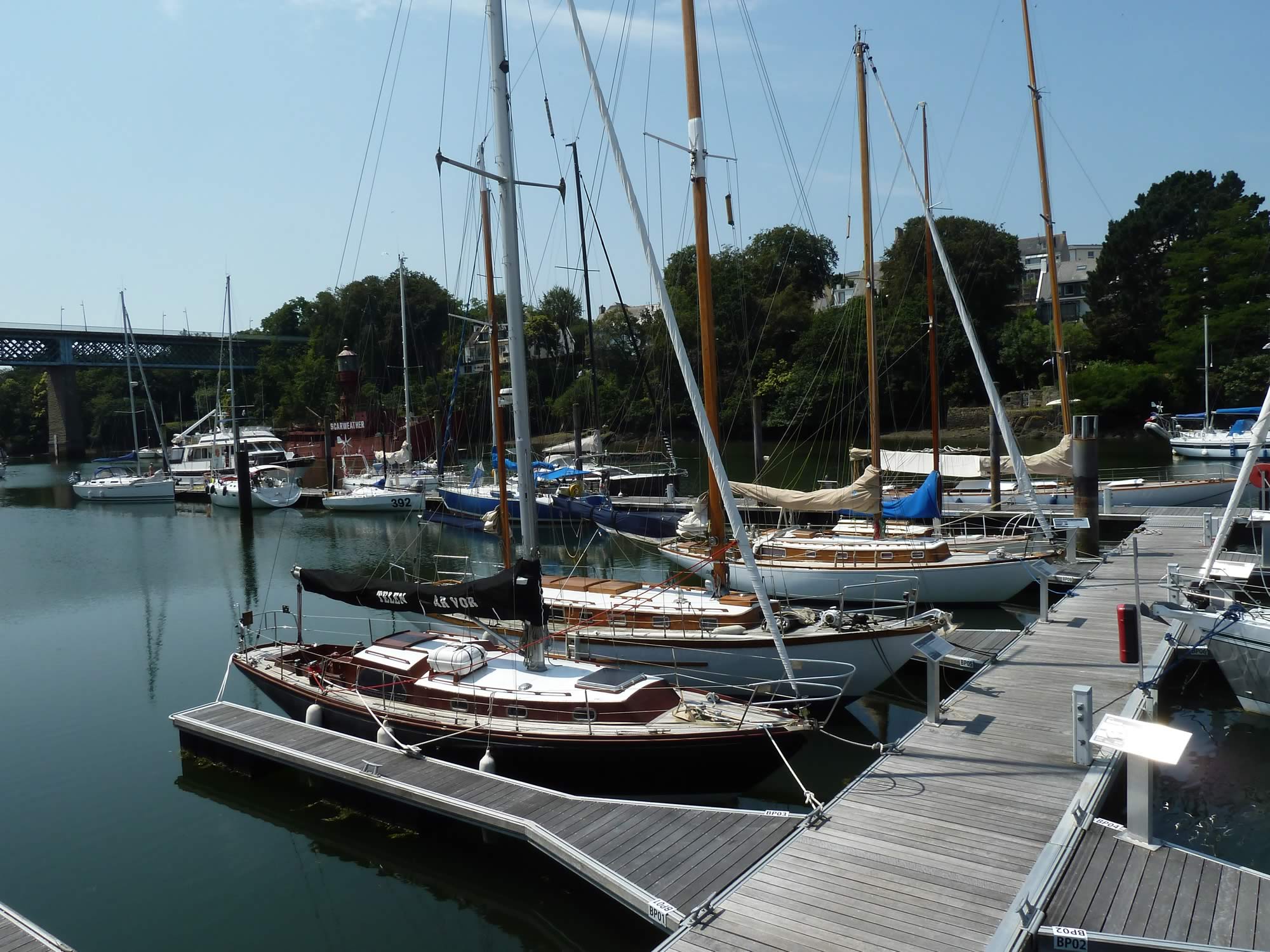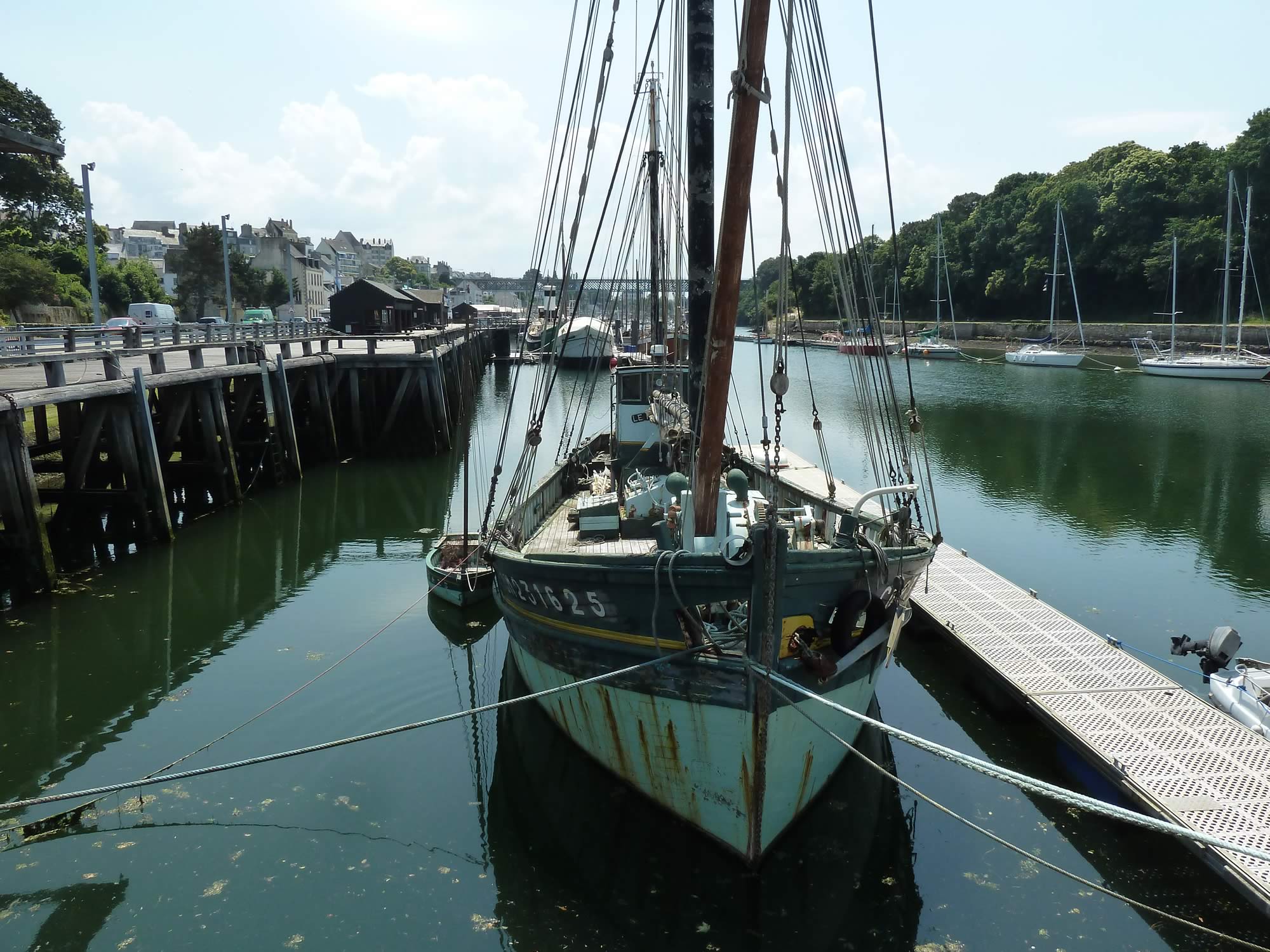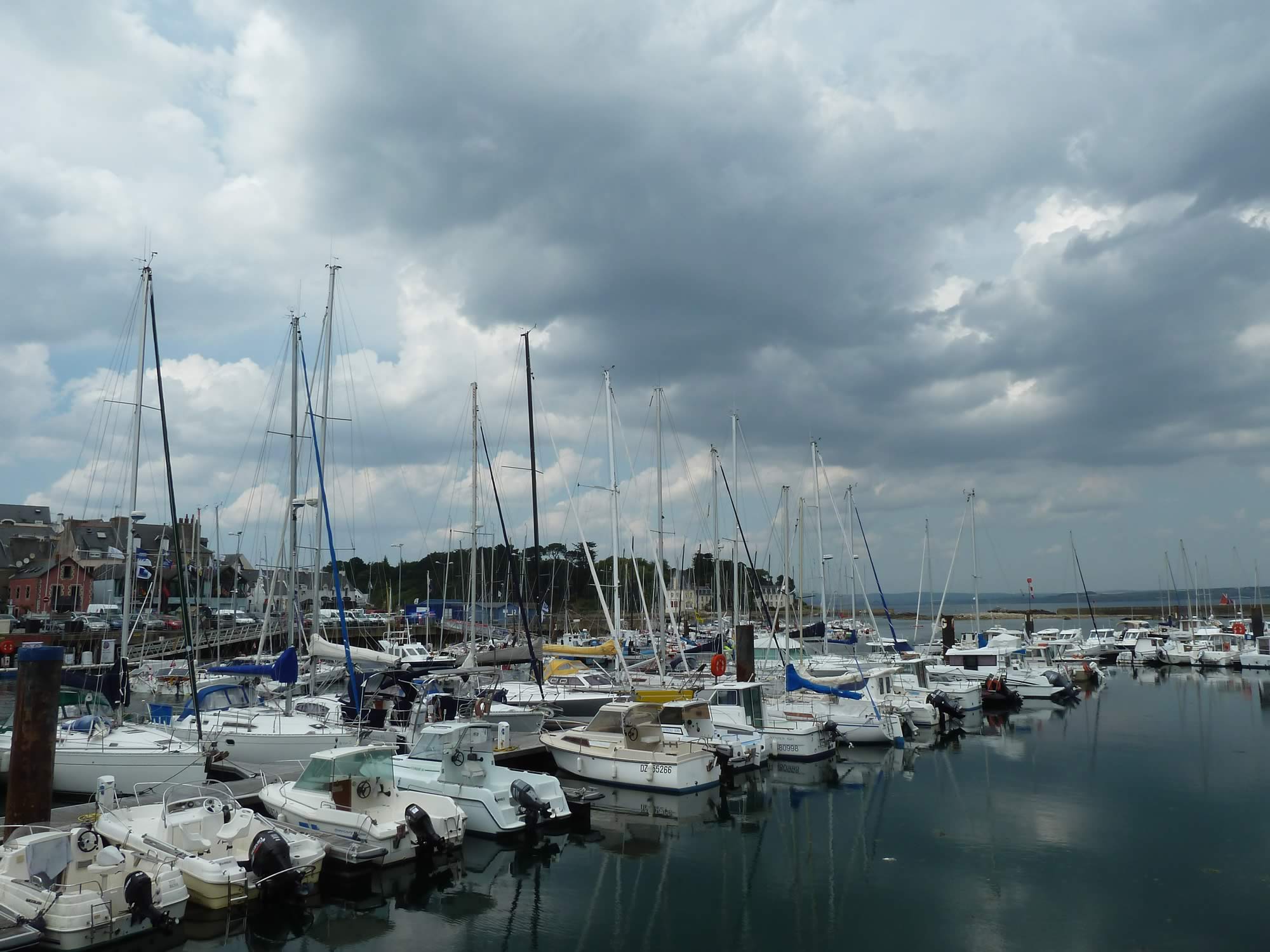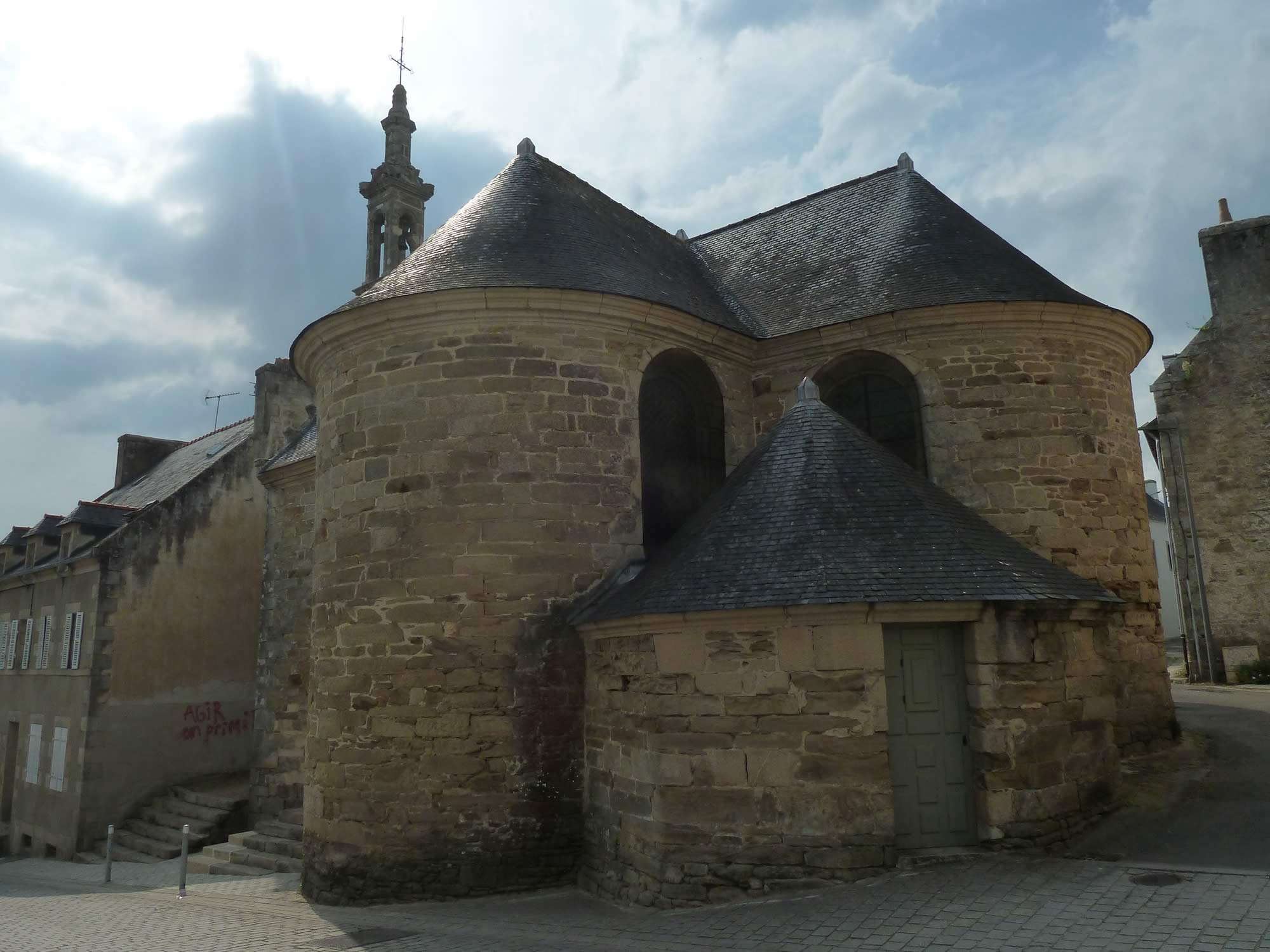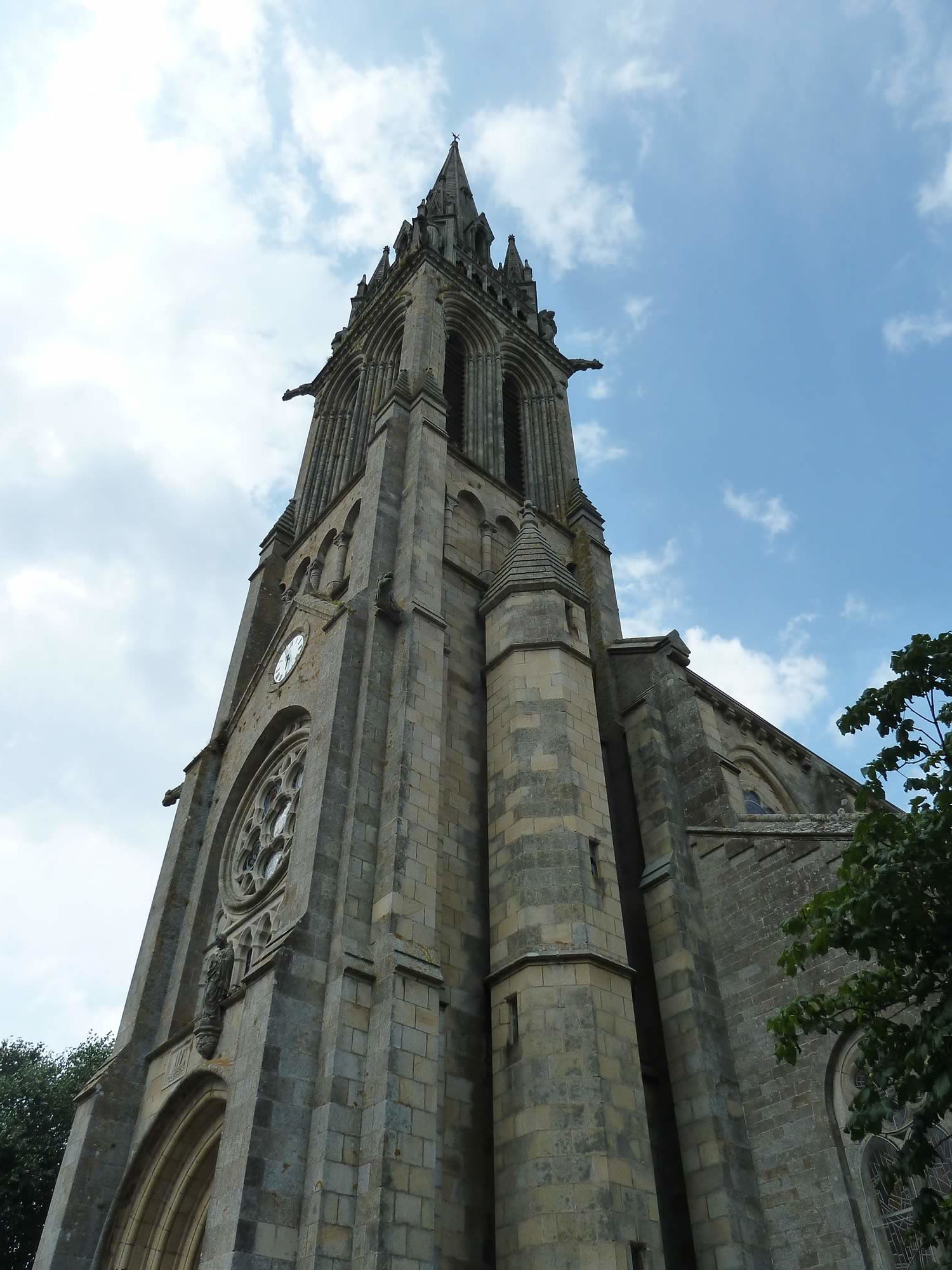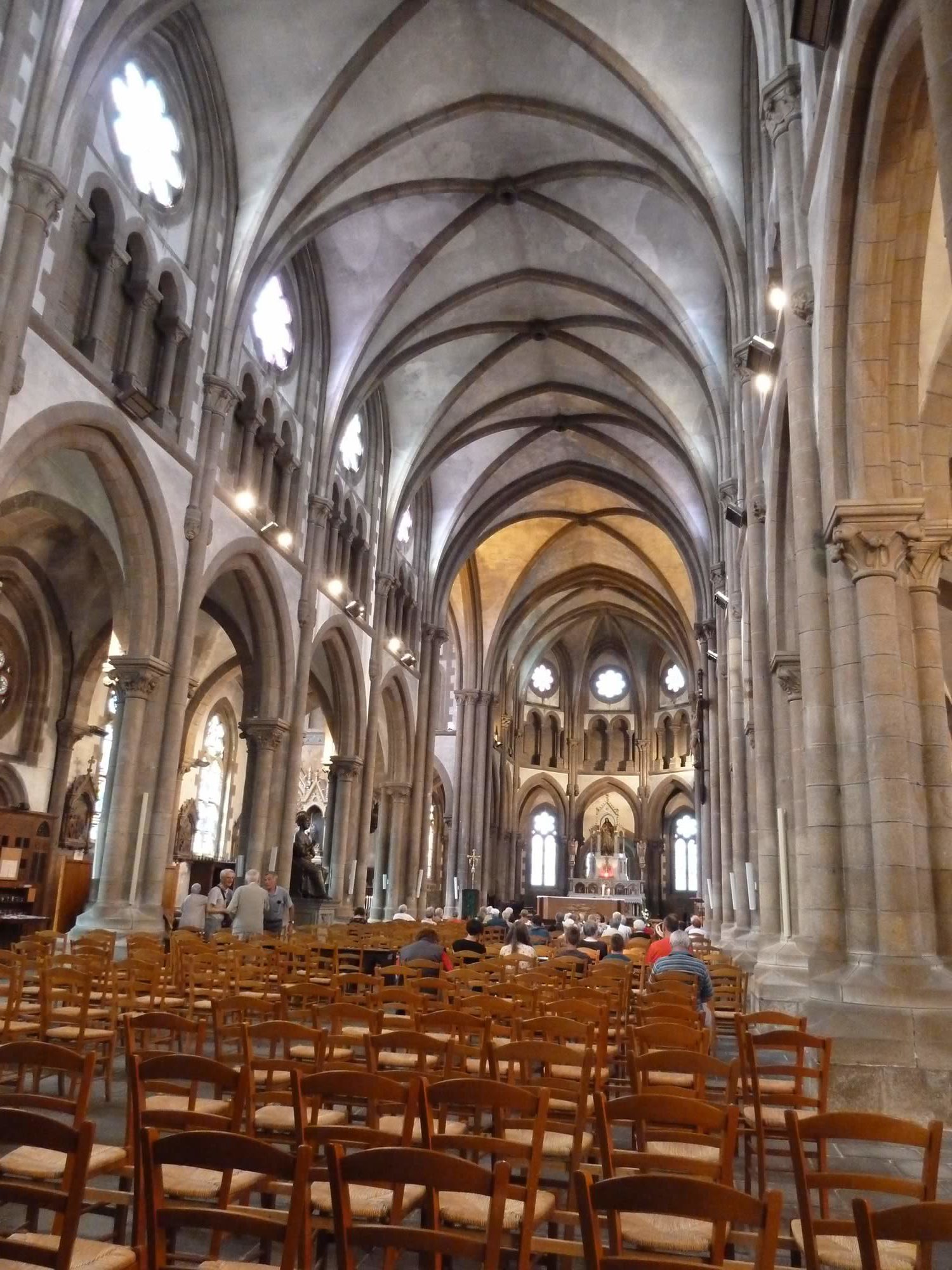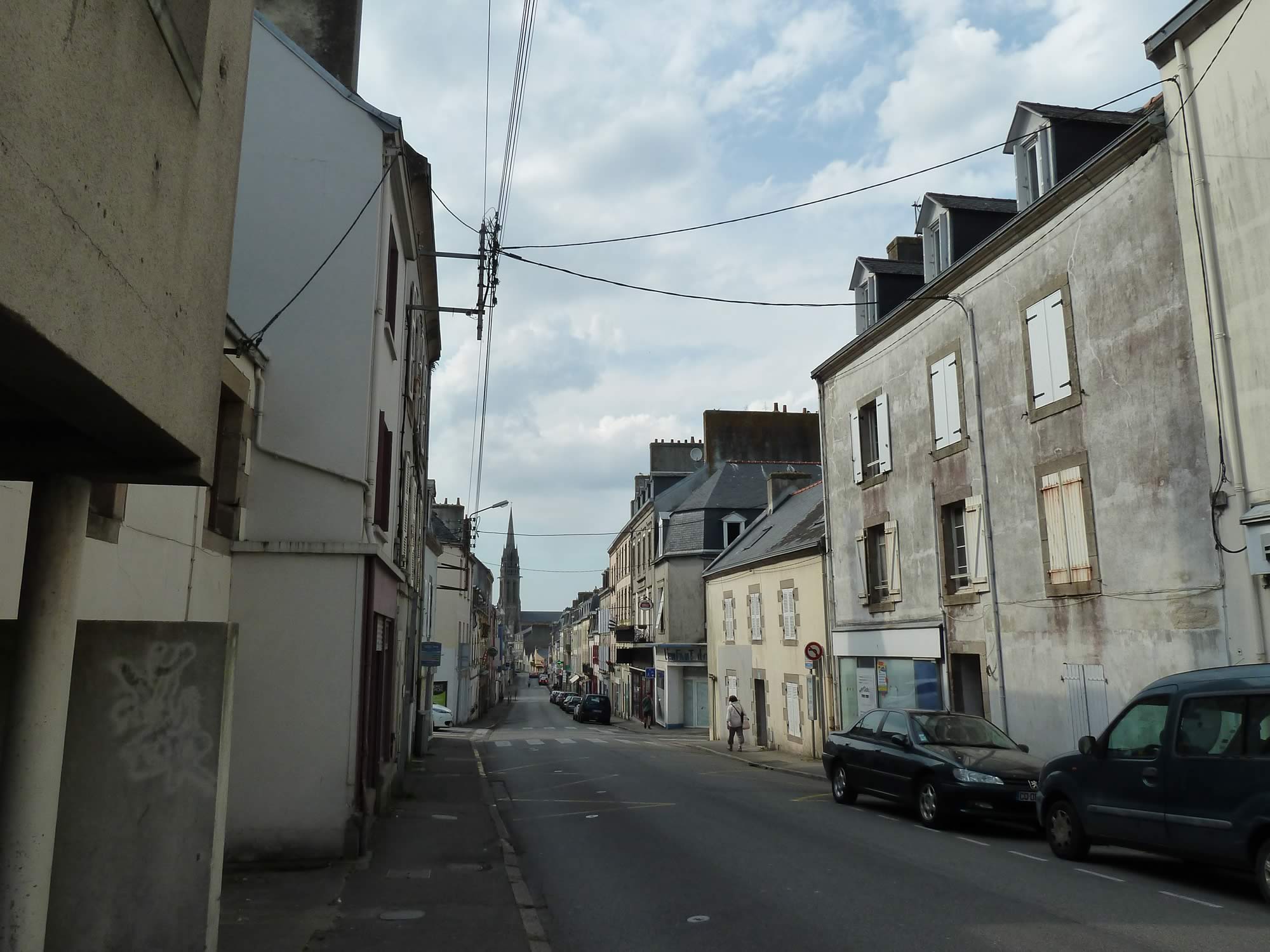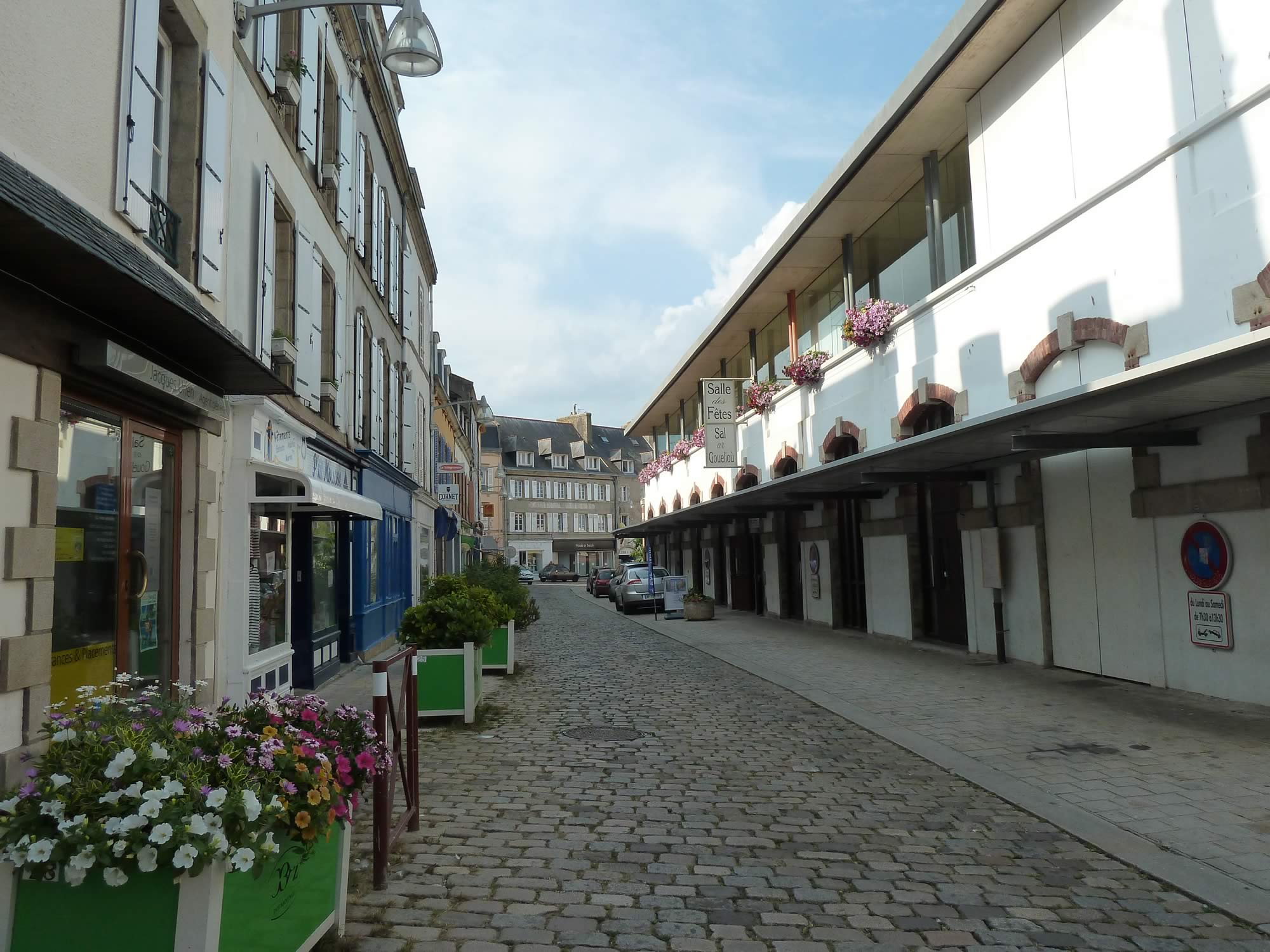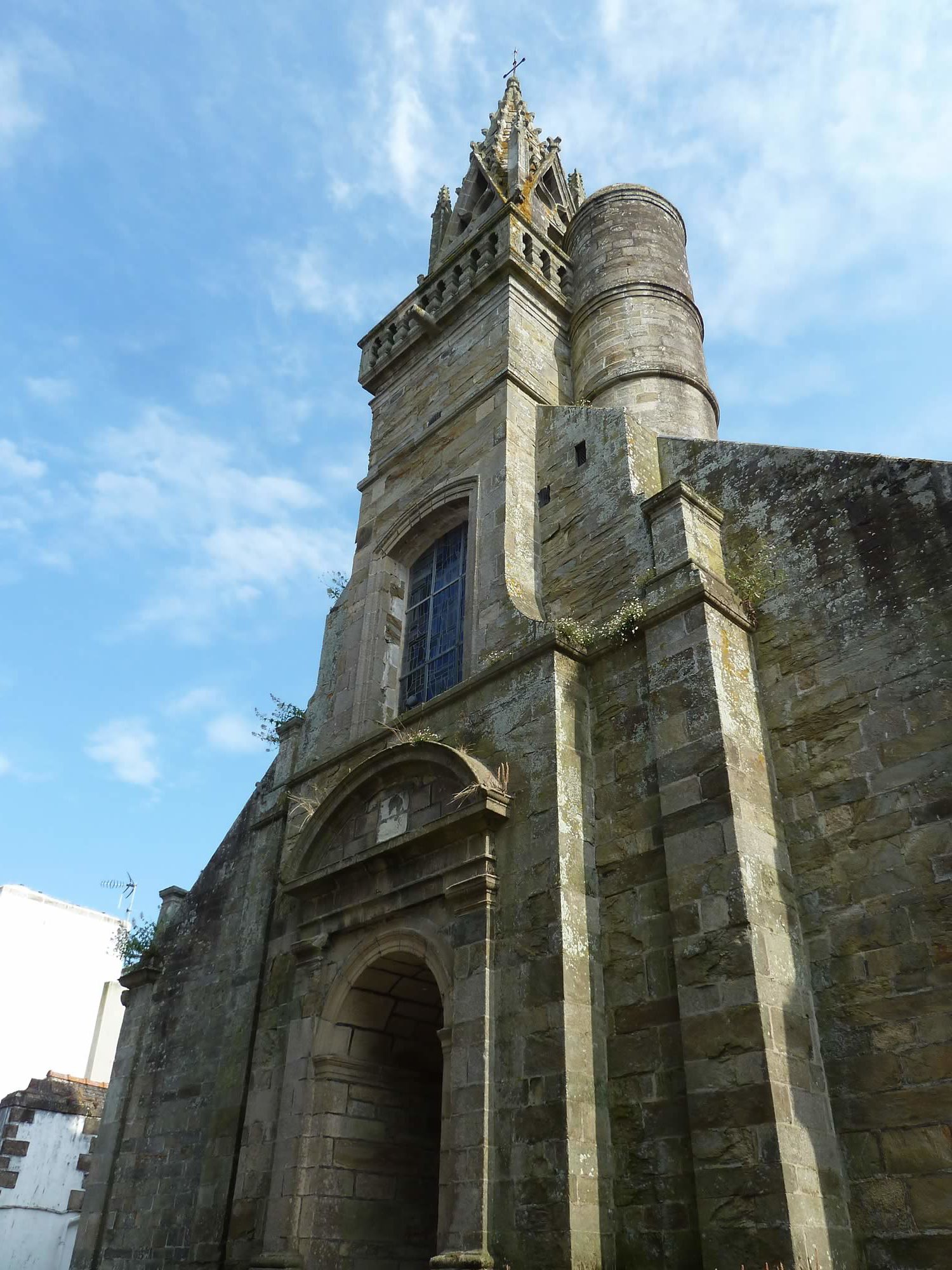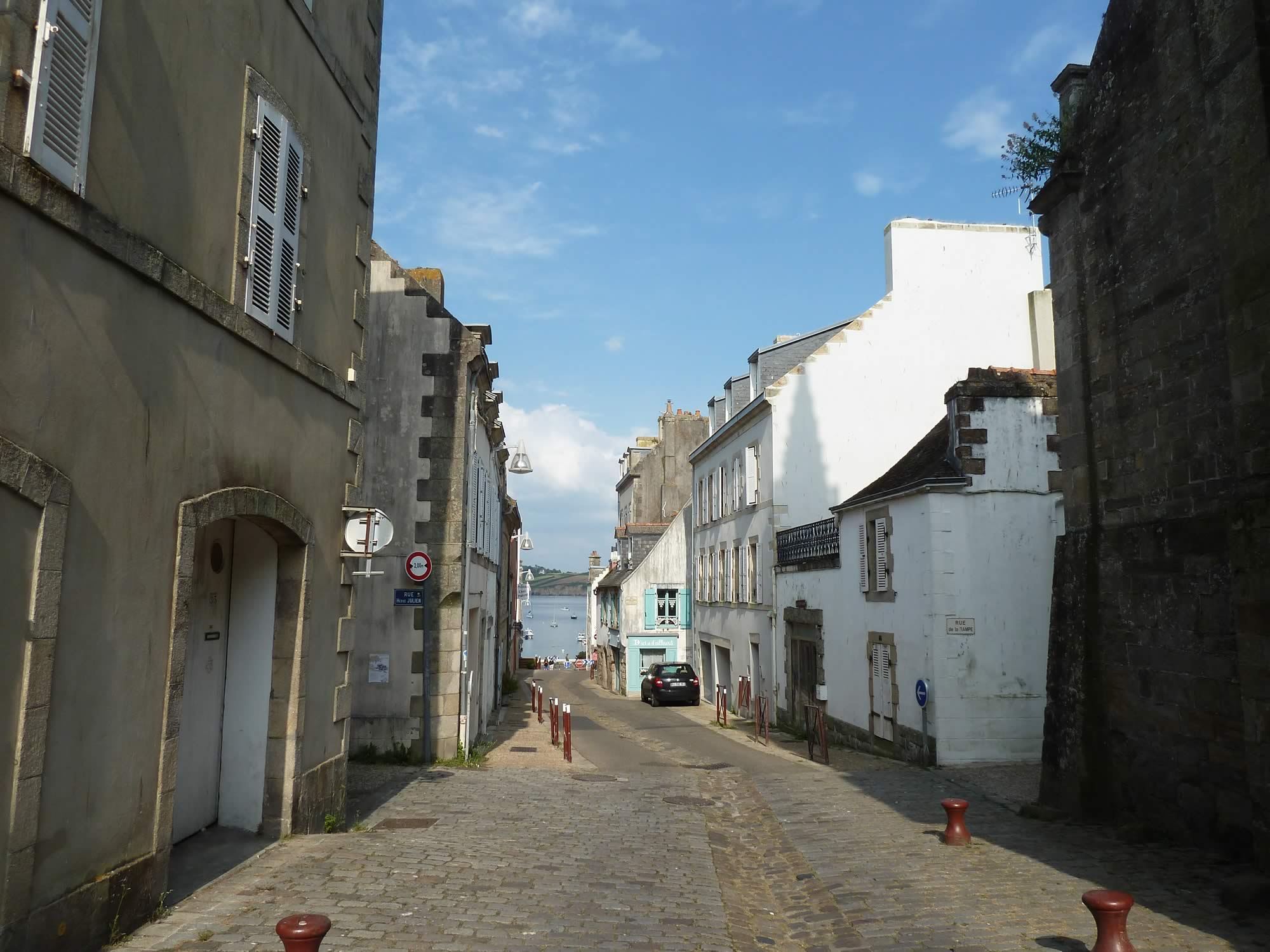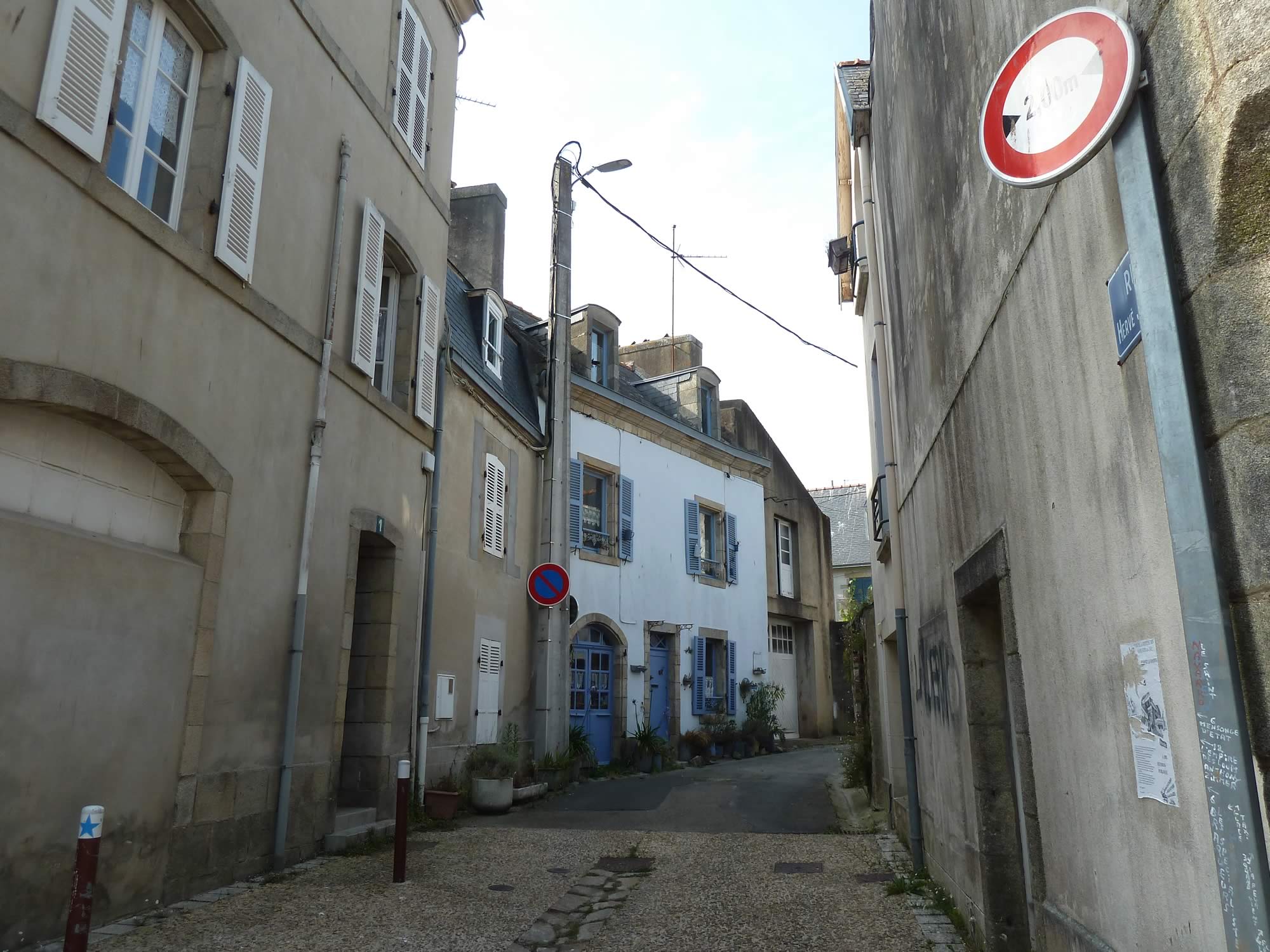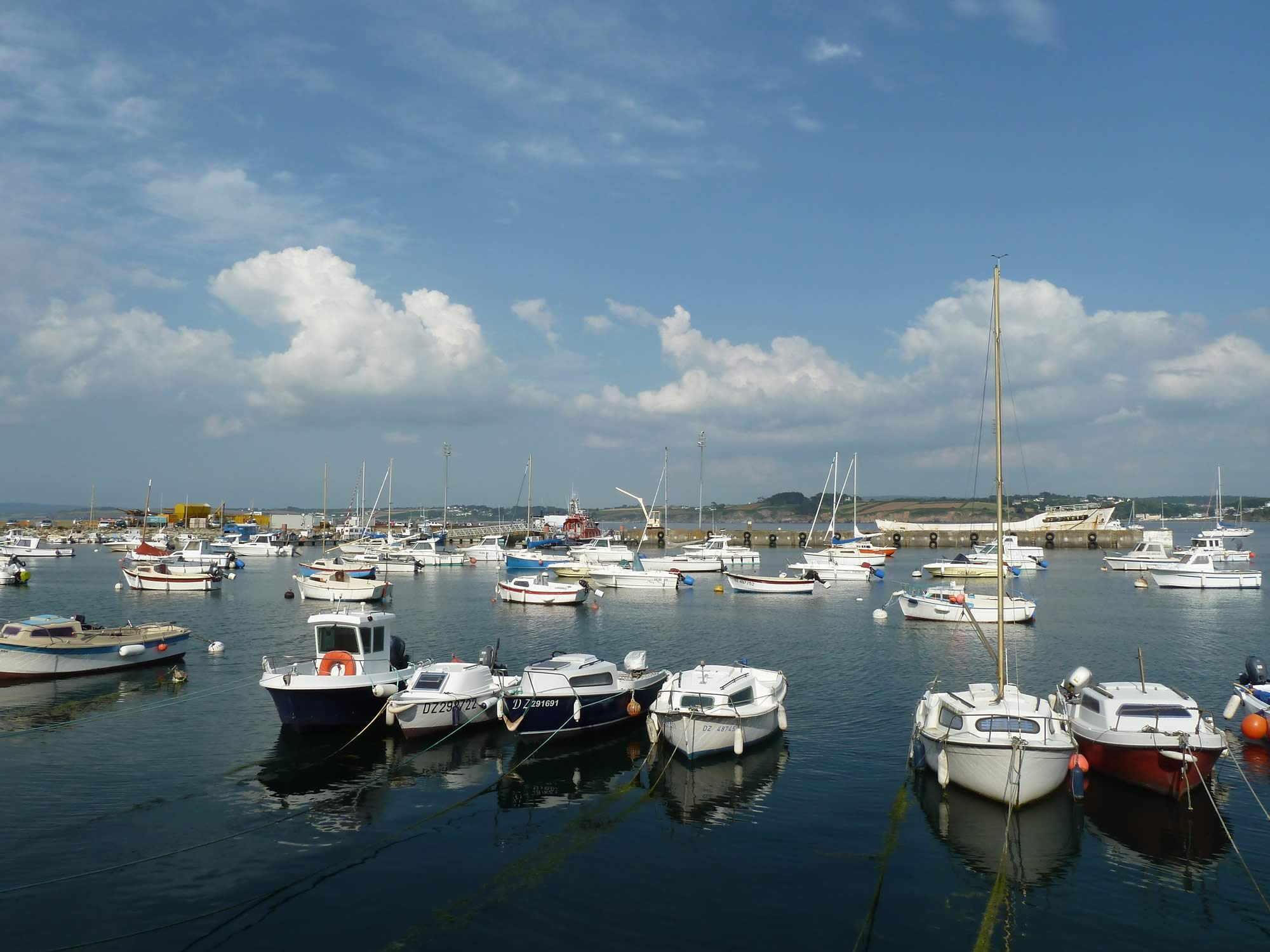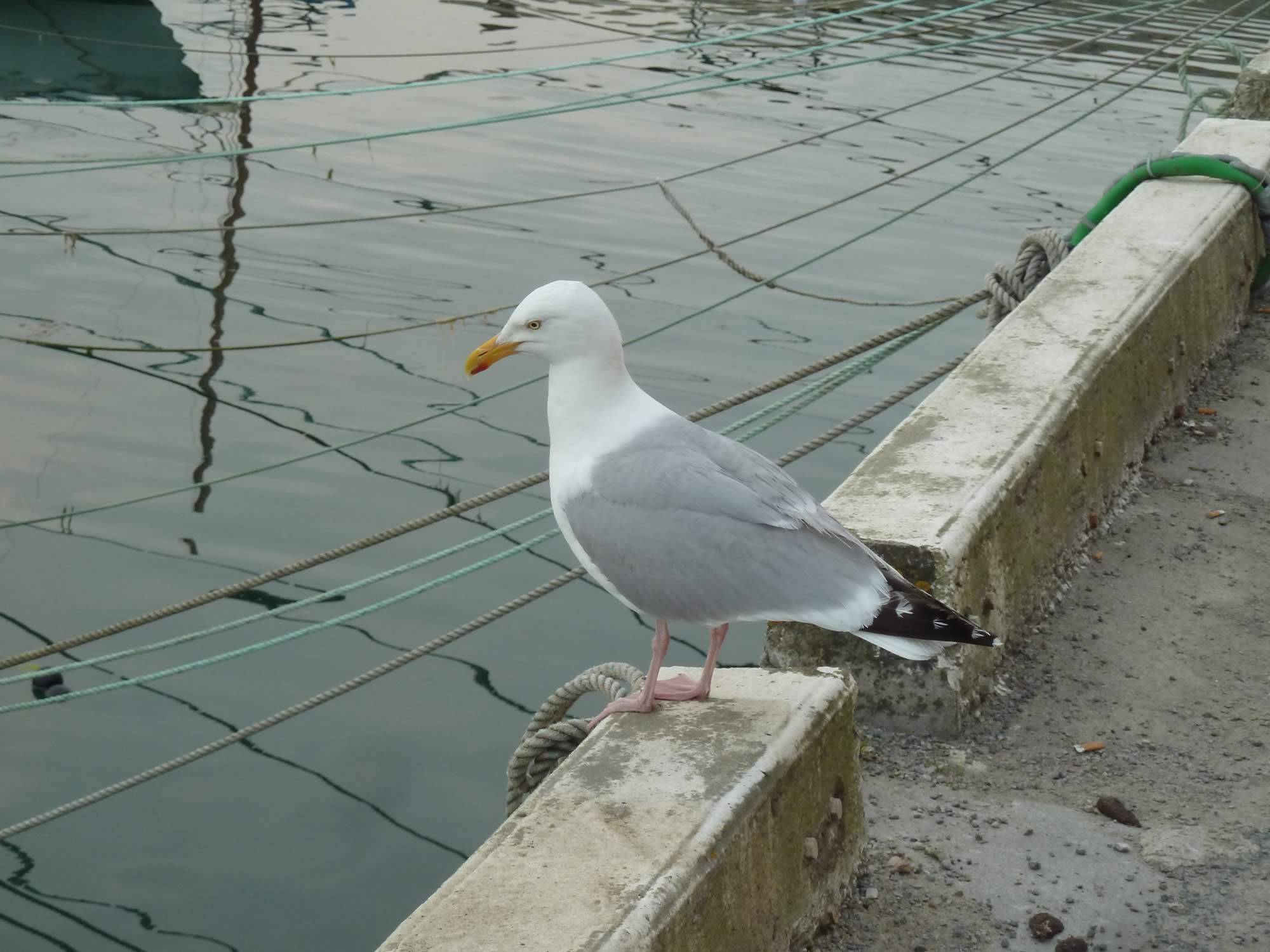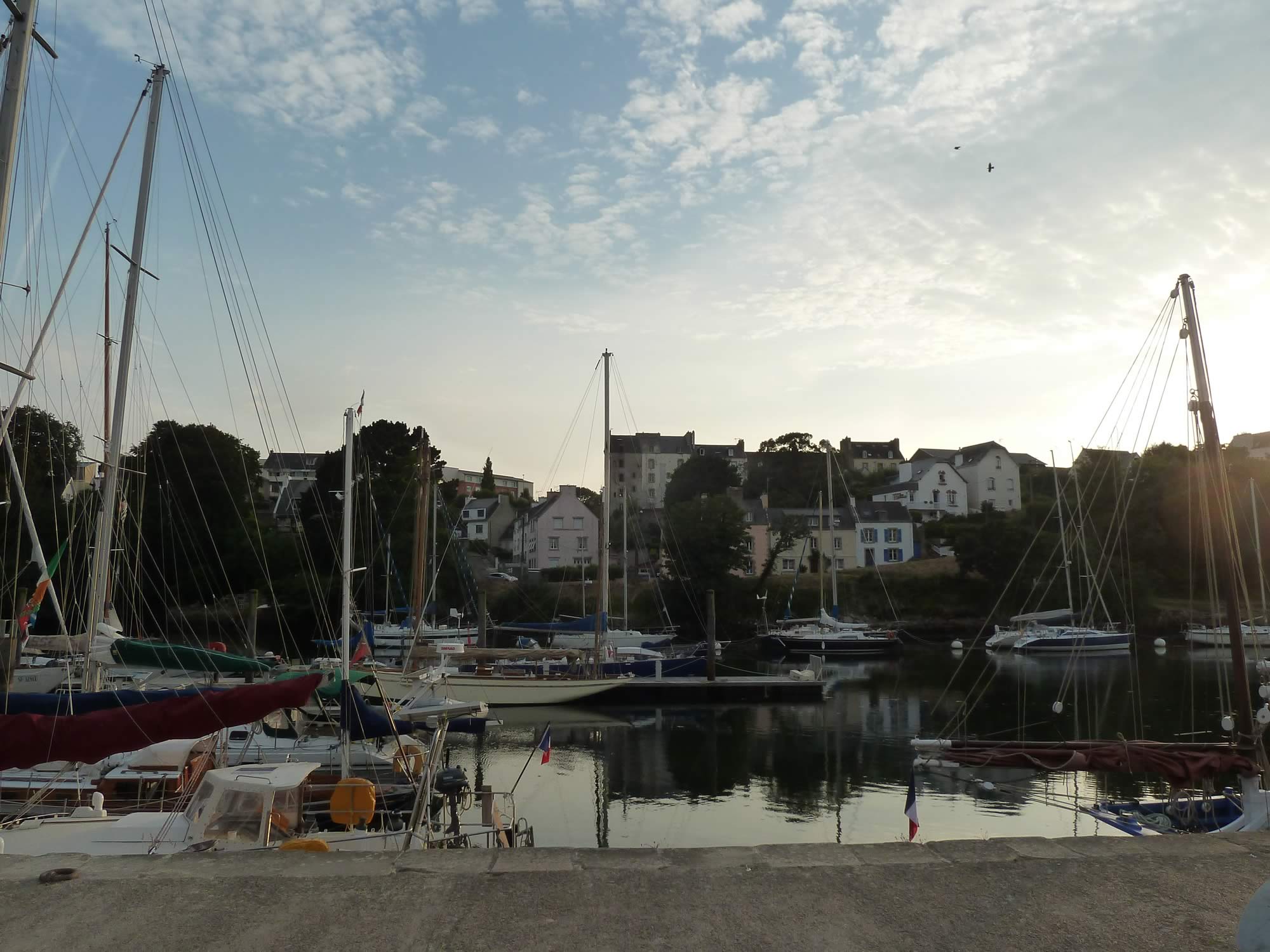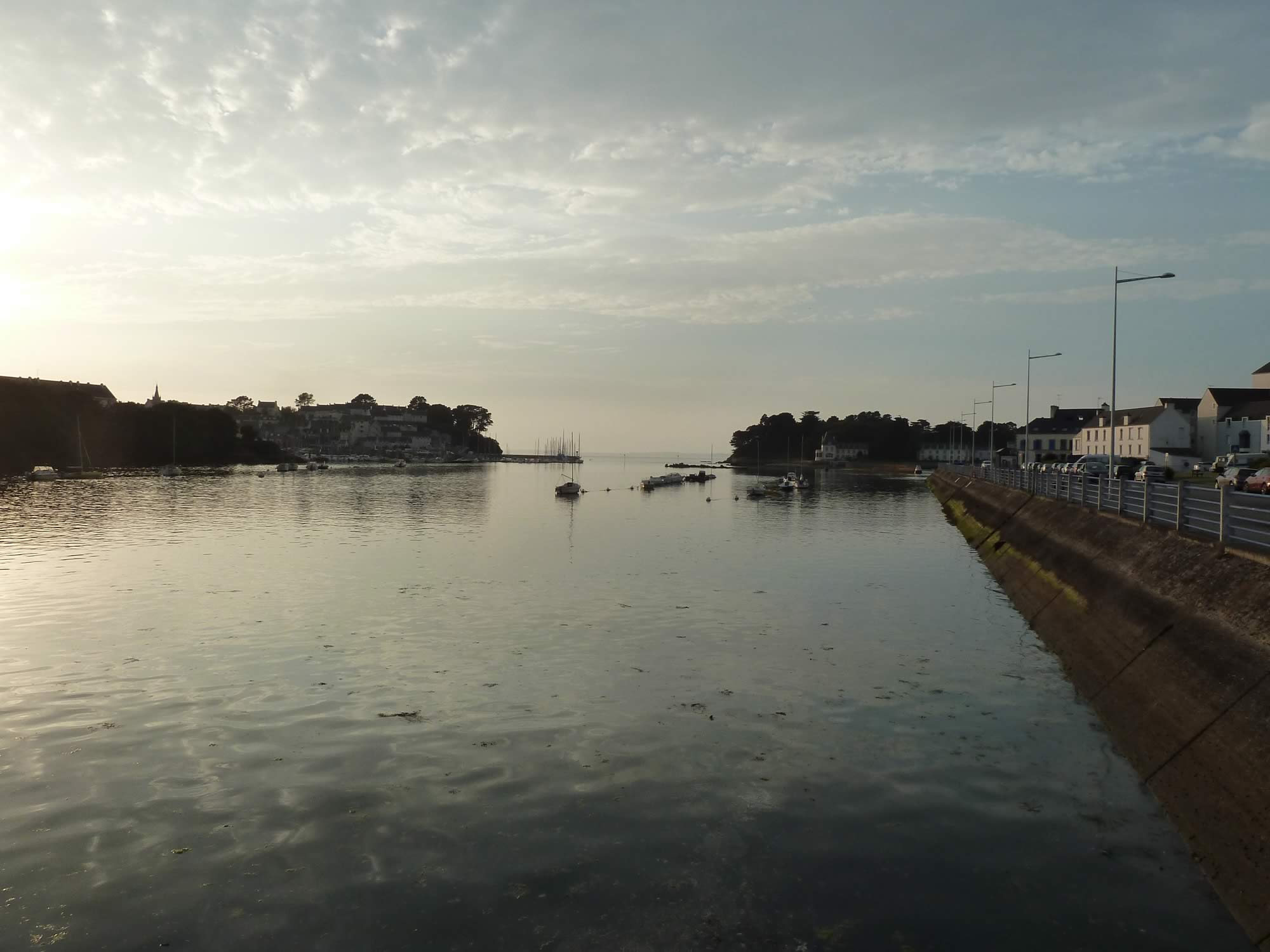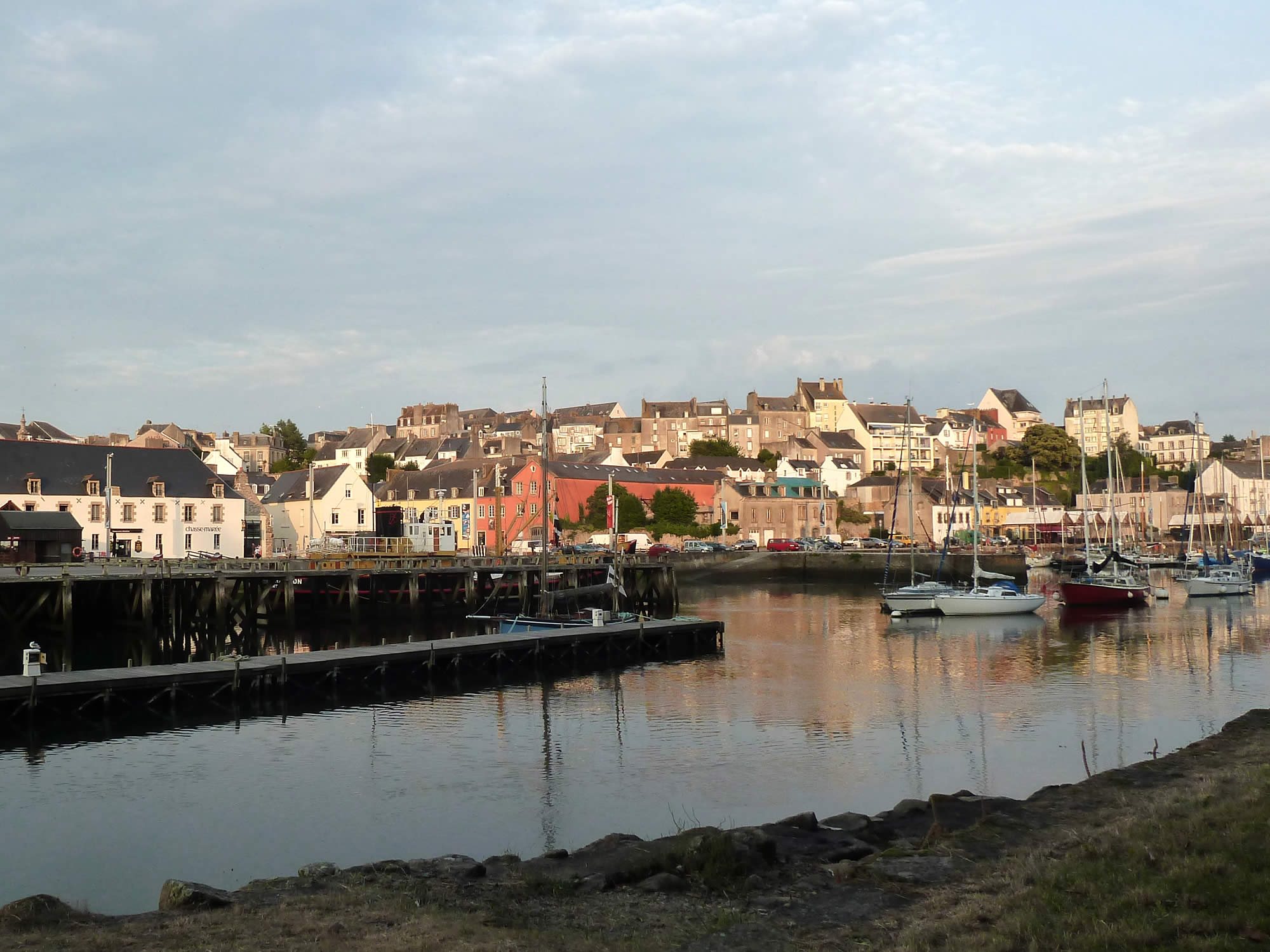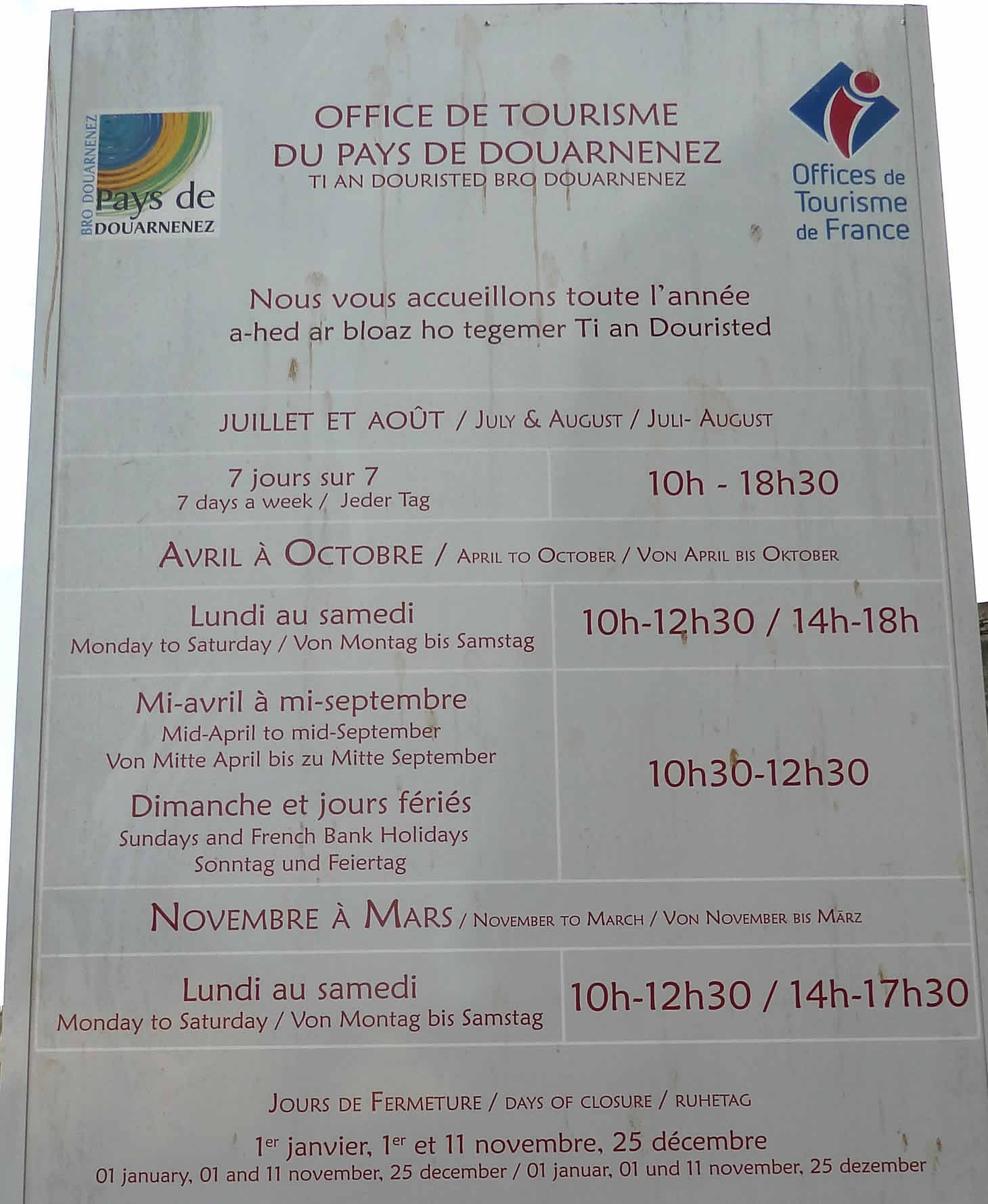Map of Douarnenez
This handsome Brittany town was the start of our 4-day coastal walk.
We got to Douarnenez at lunch time, after two trains and a bus. The first train took us from Les Sables d’Olonne to Nantes, and from there we took a second train to Quimper.
Then we jumped on the 51 bus to Douarnenez with only a few minutes to spare.
Arriving in Douarnenez
Like in Les Sables d’Olonne there were boats everywhere, including some gorgeous sailing boats. There was even a boat museum in the harbour.
The weather was glorious, so we had our sandwiches by the harbour and then headed for the hotel. It was a bit early to check in, but we tried anyway. After all, the worst they could say was /nɔ̃/.
As it turned out, the two-star hotel we’d booked proved to be a wonderful choice. It was run by a young Chinese family as if it was a five-star venue.
View of the port from our lunch spot
Douarnenez has an array of nostalgic fishing boats.
I love those old boats
And also plenty of speed boats.
Boat galore!
We left our rucksacks in the hotel, went back down to the harbour, and from there to the older part of town.
We walked past this beautiful chapel.
The chapel of Saint Michel
Then, as usual, we couldn’t resist visiting the largest church in town.
The church of the Sacré-Coeur
Like in other churches we saw in Brittany, there’s a constant reminder of the dangers of the sea. Here there were depictions of fishermen in the stained glass.
Inside the church of the Sacré-Coeur
Douarnenez looks today like a sleepy town, but it wasn’t so in the past. There used to be a busy sardine industry here.
Douarnenez & its lost affluence
Douarnenez is a town of about 15,00 people in the Finistère department of Brittany in north-western France. It’s only 16 miles (25 km) north-west of Quimper, but it feels like another world.
Some parts of the town have seen better days and look quite unattractive, while others are beautifully preserved and renovated.
Douarnenez & a reminder of its past beauty
I look at the number of churches in a small place like Douarnenez and I’m glad I wasn’t born in an age when superstition ruled people’s lives.
There’s no greater freedom than being allowed to turn your back on religion.
The chapel of Sainte-Hélène
By now we were starting to think about dinner and walked towards the water, in search of a restaurant.
Rue Anatole France with the port in the background
Throughout Brittany you can see quaint little houses with the most attractive blue shutters.
House with the typical blue shutters
Dinner was excellent. I finally got the juicy steak I couldn’t have that fateful day in the marshes. And the view from our outdoor table was a dream.
View of the port from our dinner table
The seagulls, of course, were everywhere, although they seemed more subdued than their rambunctious cousins in Les Sables d’Olonne.
A pensive French seagull
After dinner we went for a walk around town. There was something about Douarnenez that I found simply magic.
View of our hotel from the Quai du Port Rhu
We crossed the pedestrian bridge one more time and headed uphill to our hotel.
In case you’re wondering, Jean Marin (1909-1995) was a local journalist who joined the Resistance in June 1940. Like in the rest of Brittany, the memory of the two world wars is ever-present.
View of the port entrance from the Passerelle Jean Marin
Back at the hotel it was quite a bit warmer than outside. From our room on the top of the hill we had a panoramic view of Douarnenez, so we didn’t mind having to sleep with the window opened.
Sunset over Douarnenez
One of the ways to keep yourself entertained in France is to try to work out the opening hours.
Between the summer and winter timetables, the school holidays, the extra days off and the strikes, I can’t help wondering whether the staff knows when to turn up.
An example of the somewhat convoluted French opening hours
The following day was the start of our big walking adventure. I was looking forward to it like crazy.
I took all the photos with the Panasonic.
